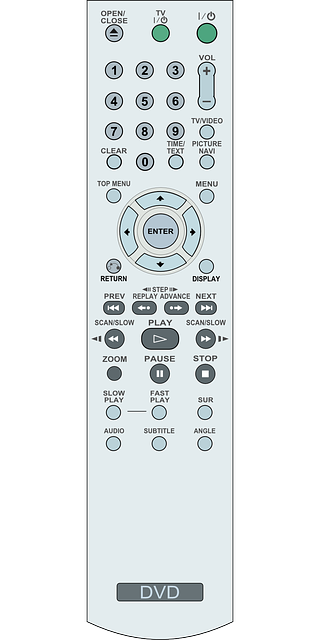Wildlife scratching sounds on golden walls signal potential food, water, or shelter seeking. Effective humane wildlife removal requires identifying the culprit through behavior and preferences. Homeowners should balance aesthetic repairs with preserving natural ecosystems by sealing entry points, maintaining landscape, and removing food sources to prevent future damage.
Wildlife can leave unsightly damage on your property, with one common issue being mysterious scratching sounds echoing from golden walls. This article guides you through understanding and addressing wildlife damage, specifically focusing on effective removal techniques for those persistent scratch marks. We’ll explore practical steps to restore your walls and prevent future encounters. Learn valuable tips to safeguard your home against unwanted visitors, ensuring a peaceful and damage-free environment.
- Understanding Wildlife Damage and Scratching Sounds in Golden Walls
- Steps for Effective Wildlife Removal and Repair
- Preventative Measures to Avoid Future Wildlife Damage
Understanding Wildlife Damage and Scratching Sounds in Golden Walls

Wildlife damage can often leave distinct marks and noises that indicate their presence, such as scratching sounds on golden walls. These sounds, typically heard at night or during early morning hours, are usually caused by various animals seeking food, water, or shelter. Identifying the specific source of these scratches is crucial for effective wildlife removal.
Golden walls, due to their material composition, can attract a range of creatures from squirrels and raccoons to birds and insects. Understanding the behavior patterns and preferences of these wildlife species helps in devising appropriate strategies for repair and prevention. Homeowners should remember that removing wildlife humanely is not just about aesthetics; it’s also about maintaining a balance between human habitats and natural ecosystems.
Steps for Effective Wildlife Removal and Repair

When dealing with wildlife damage, particularly scratching sounds in your golden walls, effective removal and repair require a systematic approach. Start by identifying the source of the disturbance using listening devices or visual inspections. Once located, humanely trap and remove the offending animal using specialized equipment designed to minimize stress for both the creature and your property.
After removal, thoroughly clean and disinfect the affected area to prevent further contamination. Repair any structural damage, replacing or repairing walls, floors, or ceilings as needed. Consider using soundproofing materials to discourage future wildlife intrusion. Regularly inspect your home for signs of re-entry points, sealing them off to maintain a wildlife-free environment.
Preventative Measures to Avoid Future Wildlife Damage

To prevent future wildlife damage and the costly repairs that often follow, it’s essential to take proactive measures. One effective strategy is regular inspection and maintenance of your home or property. Look for any signs of potential entry points, such as gaps in siding, damaged screens, or broken vents. Sealing these openings with appropriate materials can deter animals from gaining access. Additionally, trimming trees and shrubs away from the exterior of your home creates a less inviting environment for wildlife to nest or find cover.
Another preventative measure involves addressing any food sources that might attract animals. Securely store garbage in sealed containers, clean up fallen fruit or nut shells, and avoid leaving pet food outside. Even small amounts of food can draw unwanted visitors, including squirrels, raccoons, and birds. By minimizing these attractions, you significantly reduce the likelihood of wildlife removal for scratching sounds in your golden walls or other structural damage caused by their presence.
In addressing wildlife damage, particularly the persistent scratching sounds on golden walls, understanding the culprit and implementing effective removal methods is key. The steps outlined in this article serve as a comprehensive guide to not only resolving current issues but also preventing future occurrences. By taking preventative measures, homeowners can safeguard their properties from unwanted wildlife visitors. Remember, when dealing with wildlife, it’s crucial to employ humane practices for safe and successful outcomes.
